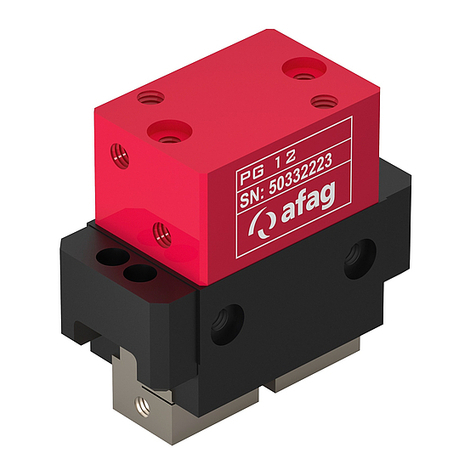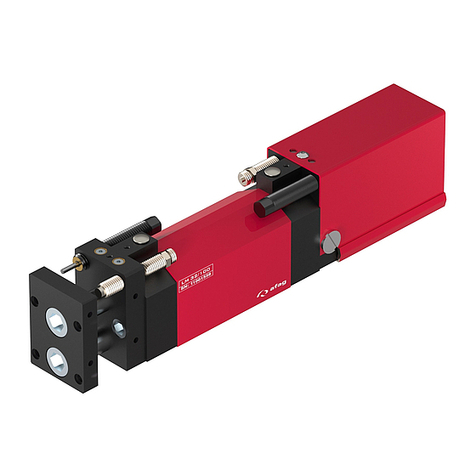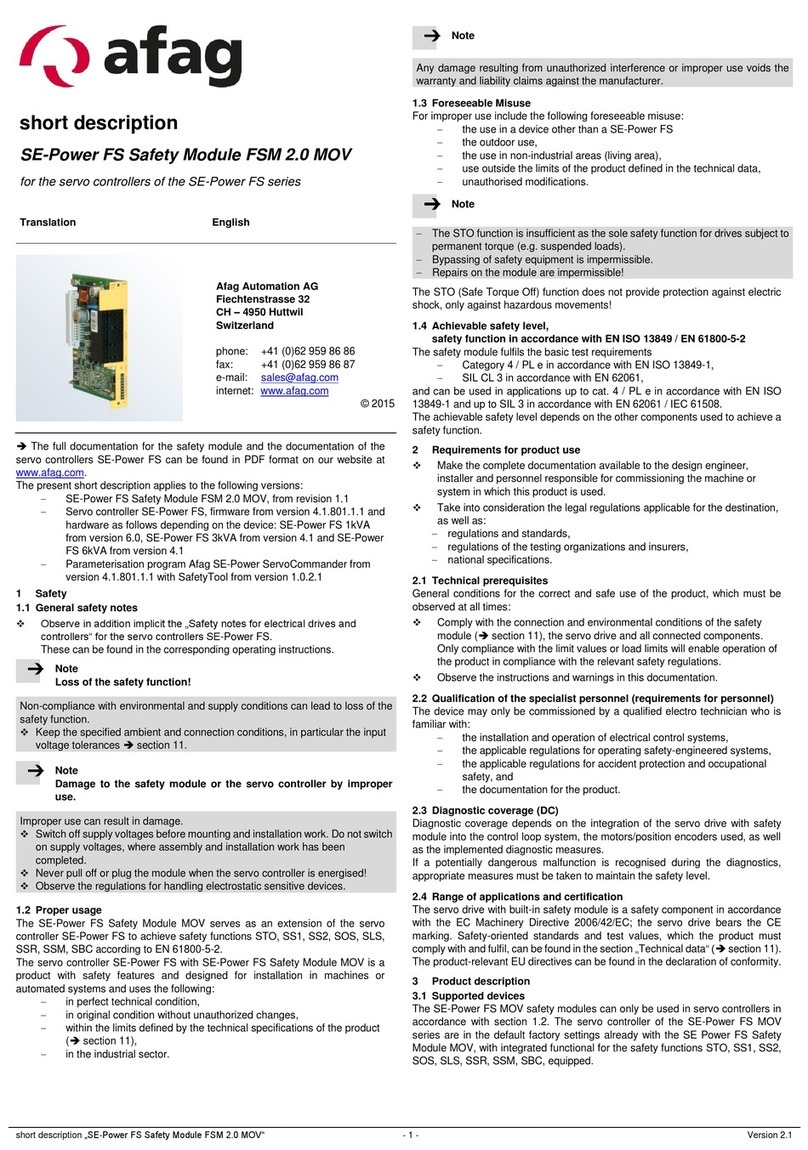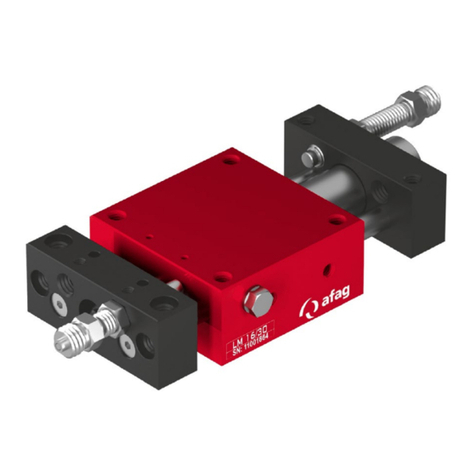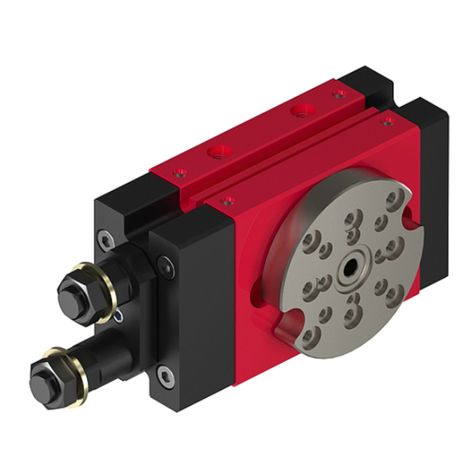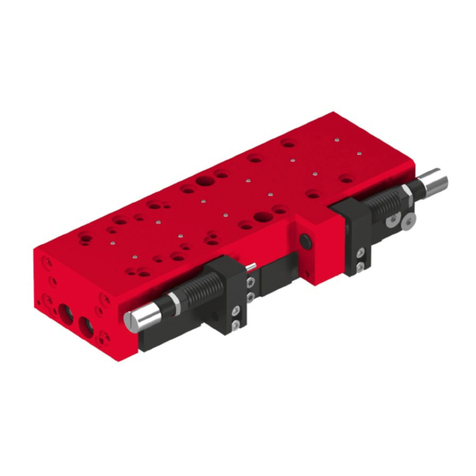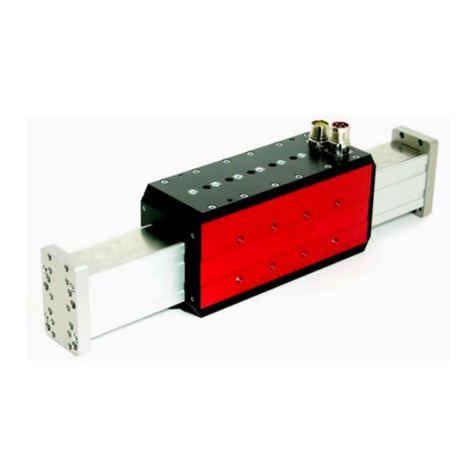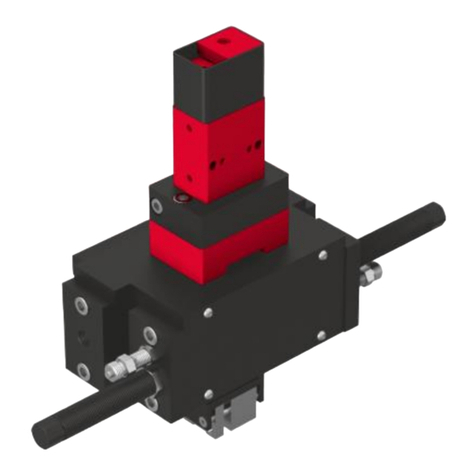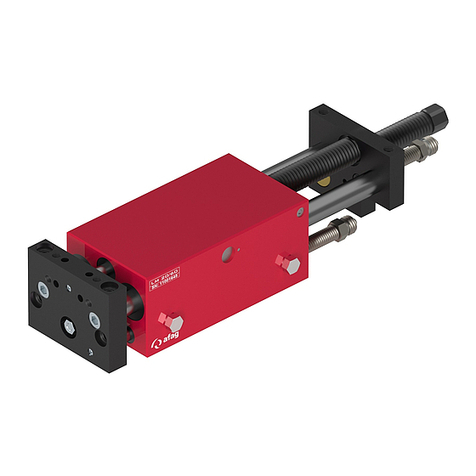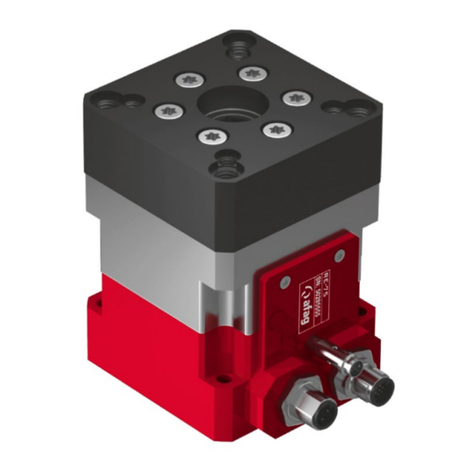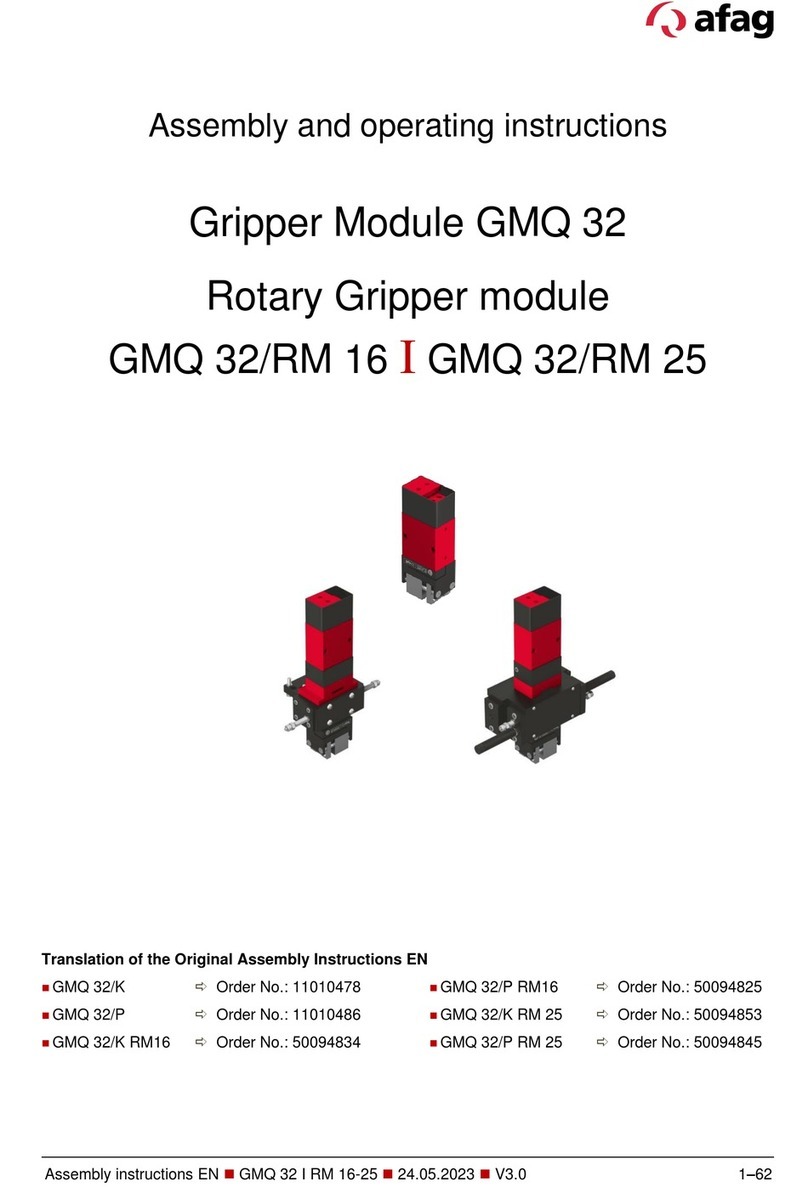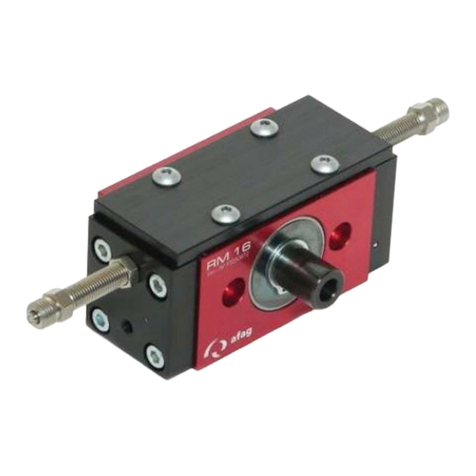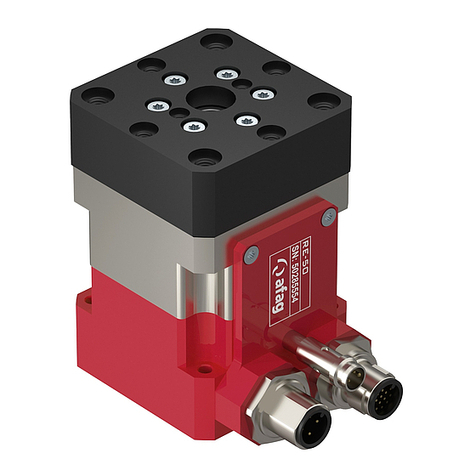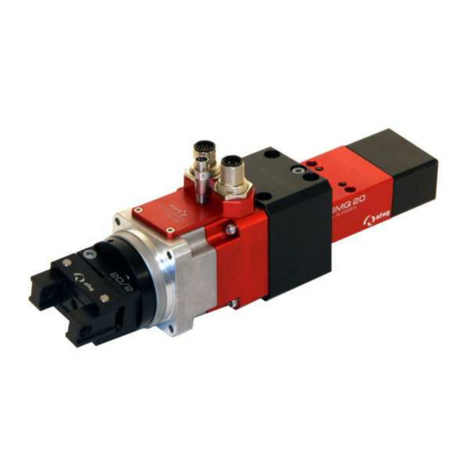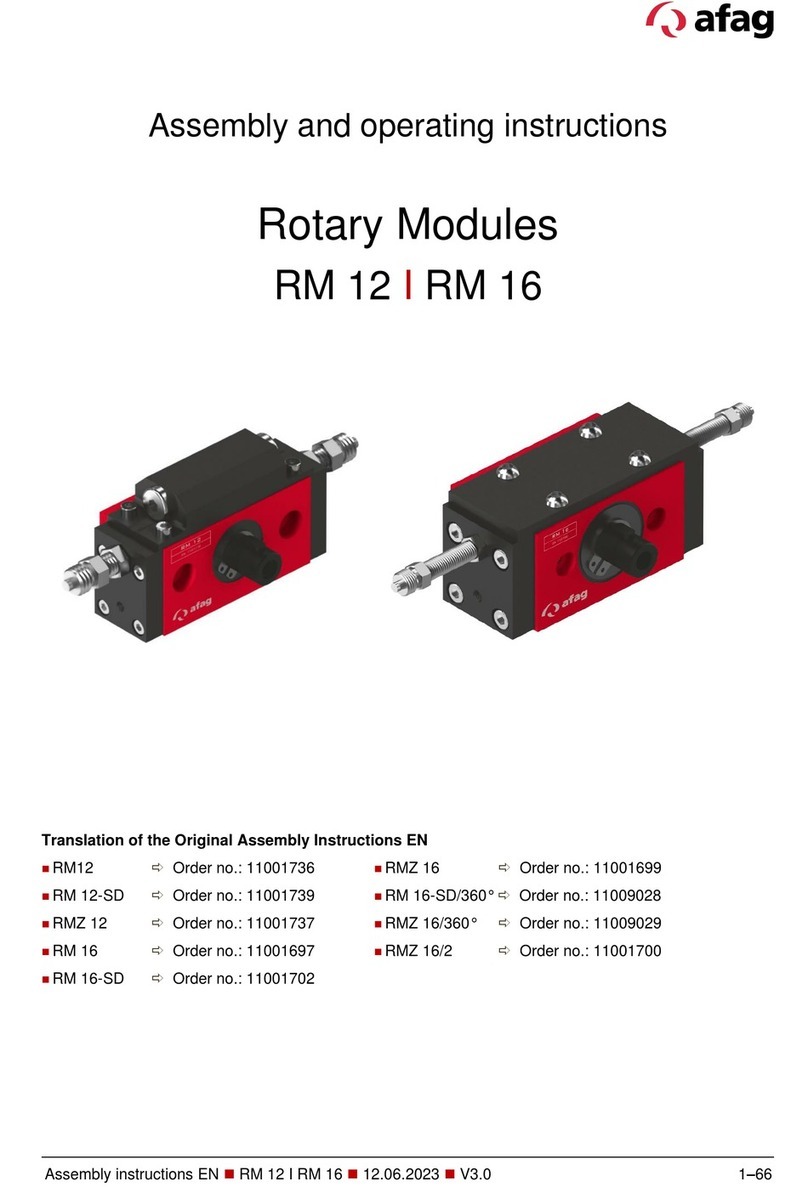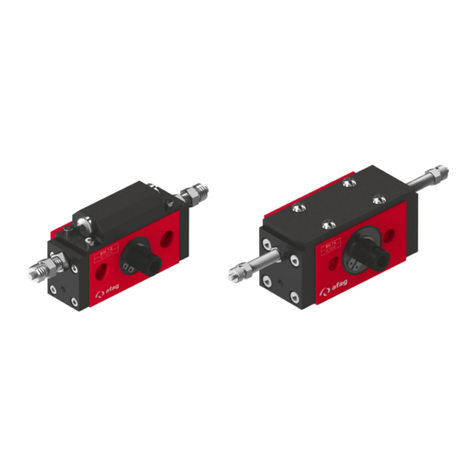4 –55 Assembly instructions EN ◼HM10 I HM16 I HM25 ◼17.04.2023 ◼V3.5
3.3.4 Module loads HM 25 ............................................................................30
3.3.5 Diagrams stroke range HM 25/25 and HM 25/64 ................................31
4Transport, packaging and storage.....................................................................33
4.1 Safety instructions for transport..................................................................33
4.2 Scope of supply..........................................................................................34
4.3 Transport ....................................................................................................34
4.4 Packaging...................................................................................................35
4.5 Storage.......................................................................................................35
5Design and description .......................................................................................36
5.1 Structure of lifting module...........................................................................36
5.2 Product description.....................................................................................36
5.3 Accessories ................................................................................................37
6Installation, assembly & setting .........................................................................38
6.1 Safety Instructions for Installation & Assembly ..........................................38
6.2 Assembly and attachment..........................................................................39
6.2.1 Attachment options...............................................................................39
6.2.2 Tightening torques................................................................................40
6.3 Pneumatic connections ..............................................................................40
6.4 Installation of the initiator............................................................................41
7Commissioning ....................................................................................................42
7.1 Safety instructions for commissioning........................................................42
7.2 Preparatory activities for commissioning....................................................43
7.2.1 Adjustment of the shock absorber........................................................43
7.2.2 Setting the stroke (under pressure)......................................................44
7.3 Commissioning of the modules ..................................................................45
8Fault elimination...................................................................................................46
8.1 Safety instructions for troubleshooting .......................................................46
8.2 Fault causes and remedy...........................................................................46
9Maintenance and repair.......................................................................................47
9.1 General notes.............................................................................................47
9.2 Safety instructions for Maintenance and Repair ........................................47
9.3 Maintenance activities and maintenance intervals.....................................48
9.3.1 Overview of the maintenance points....................................................48
9.3.2 Further maintenance............................................................................48
9.3.3 Compressed air specification...............................................................48
9.4 spare and wear parts lists, .........................................................................50
9.4.1 General notes.......................................................................................50
9.4.2 Safety instructions................................................................................50
9.4.1 Spare parts...........................................................................................50
9.5 Repair and overhaul...................................................................................51
9.5.1 Dismantling the extension shock absorbers ........................................51
